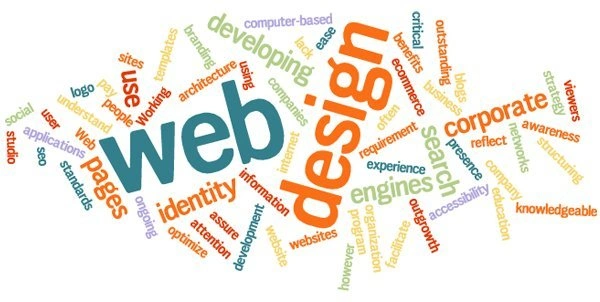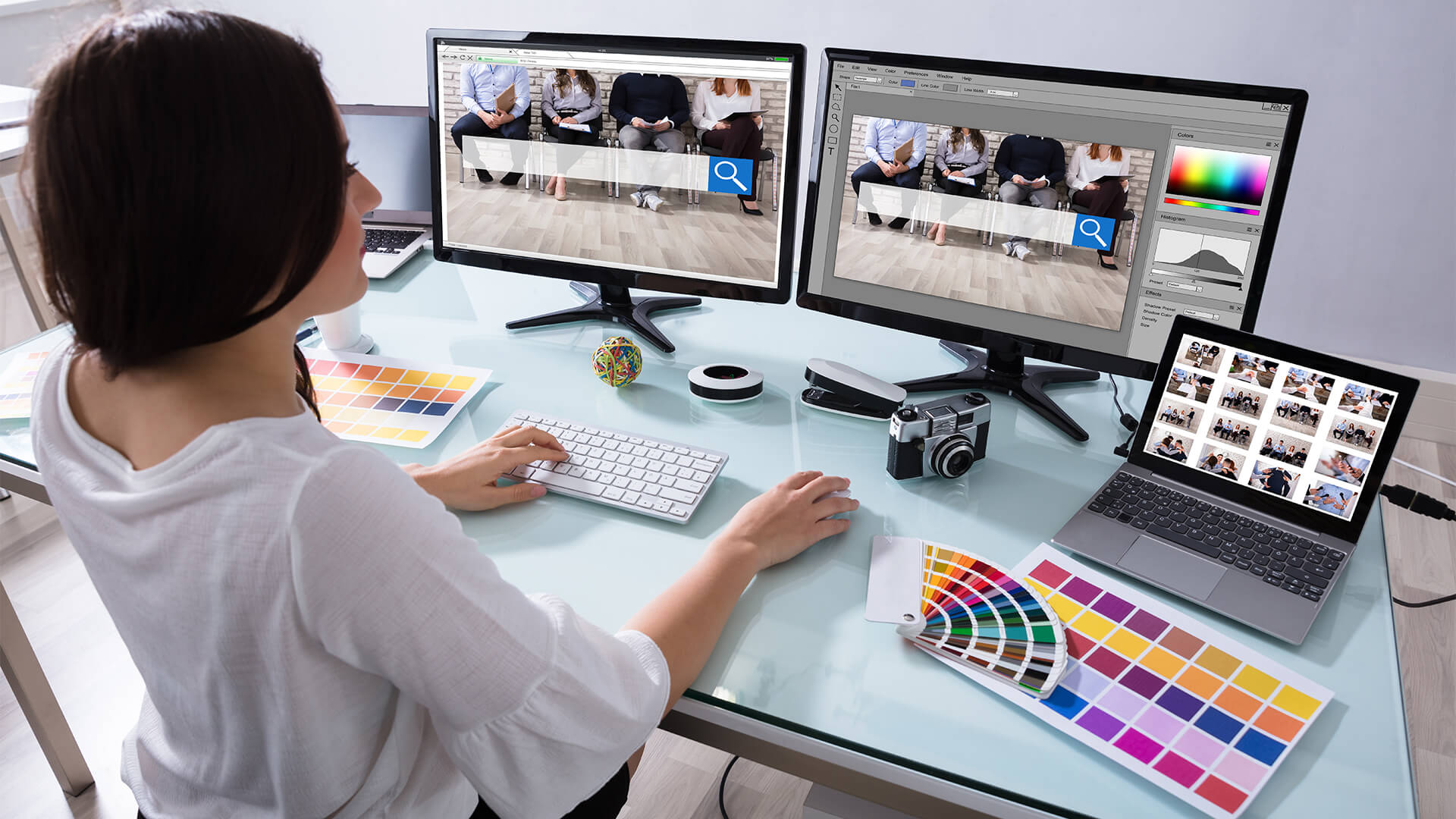Expert Aligned Position Web Design: Elevate Your Digital Presence with Our Professional Services
Expert Aligned Position Web Design: Elevate Your Digital Presence with Our Professional Services
Blog Article
The Most Effective Kinds Of Web Style to Enhance Individual Experience and Interaction
In the ever-evolving landscape of digital interaction, the efficiency of Web style substantially influences customer experience and involvement. Numerous layout strategies, such as minimal, receptive, and interactive formats, each deal special benefits that can cater to diverse user needs.
Minimalist Website Design
As electronic landscapes come to be progressively messy, minimalist Web design has actually arised as an effective technique to improving individual experience. This design ideology prioritizes simplicity, concentrating on vital aspects while getting rid of unnecessary distractions. By making use of enough white room, simple navigation, and a limited shade combination, minimalist design cultivates clearness and guides user focus to crucial material.
The core concept of minimal Web style is to create a smooth interaction for users. By lowering cognitive tons, users can promptly grasp info without feeling bewildered. This direct strategy not only improves functionality however additionally motivates engagement, as site visitors are extra most likely to explore a site that is very easy and aesthetically enticing to browse.
Additionally, minimalist style usually emphasizes typography and imagery, using these components strategically to communicate messages successfully. In significance, minimal Web design is not just a pattern; it is a thoughtful method that identifies the importance of user-centered style.
Receptive Web Layout
In today's varied electronic environment, responsive website design has actually come to be crucial for creating a seamless individual experience across a multitude of devices. As individuals gain access to websites on smartphones, laptops, tablets, and desktops, the ability of a site to adapt its layout and content to various display dimensions and resolutions is vital.
Receptive Web design employs flexible grids, photos, and CSS media questions to make certain that Web content is presented efficiently, no matter the tool made use of. This technique not only enhances the aesthetic charm of a web site however also significantly boosts functionality. Users are most likely to engage with a site that uses a constant experience, as it eliminates the aggravation of needing to zoom in or scroll excessively.
In addition, internet search engine, consisting of Google, prioritize mobile-friendly internet sites in search rankings. By adopting receptive design, organizations can enhance their visibility and get to a more comprehensive audience. This approach likewise streamlines web site upkeep, as a solitary variation of the site can accommodate all devices, minimizing the need for numerous versions. In summary, receptive website design is an essential practice that enhances individual experience, involvement, and general satisfaction.
Interactive Web Style
Receptive Web layout prepares for improving customer experience, but interactive Web style takes this an action better by engaging users in a much more vibrant means - Aligned Position Web Design. By incorporating aspects such as animations, clickable models, and real-time responses, interactive Web layout captivates users, drawing them into a richer surfing experience
This strategy not just fosters engagement but likewise motivates individuals to check out material proactively as opposed to passively eating it. Strategies such as gamification, where review customers earn rewards for completing tasks, can significantly enhance the moment invested in a website and boost total click this link satisfaction. Interactive attributes can streamline complicated details, making it a lot more satisfying and digestible.

Including interactive design aspects can additionally result in greater conversion prices, as users are much more most likely to involve with a site that actively entails them. Aligned Position Web Design. Inevitably, interactive Web style changes customer experiences into unforgettable trips, guaranteeing that site visitors return time and again
Apartment Layout
Identified by its minimalistic approach, flat design emphasizes simplicity and functionality, stripping away unnecessary aspects and concentrating on crucial attributes. This design philosophy prioritizes usability, making sure that customers can browse user interfaces effortlessly and efficiency. By employing a clean visual, level design gets rid of the clutter usually found in more elaborate designs, therefore boosting customer concentrate on material and performance.
The trademark of flat design depends on its use vibrant colors, easy typography, and geometric shapes. These elements add to an aesthetically enticing user interface that is both approachable and modern-day. In addition, level style fosters a sense of clarity, permitting users to discern necessary activities and info without distraction.
Moreover, level style is particularly efficient in receptive Web design, as its simplicity equates well across different tools and screen sizes. By focusing on crucial attributes, level layout not just meets individual demands however also encourages seamless interaction, making it a crucial part of reliable Web layout methods.
Flexible Web Design
Adaptive Web design personalizes the individual experience by creating multiple repaired designs tailored to various display dimensions and gadgets. Unlike receptive design, which fluidly readjusts a solitary format, flexible design employs distinct designs for specific breakpoints, making sure ideal presentation on different platforms. This technique allows developers to concentrate on the special features of each device, improving functionality by providing precisely what individuals need based on their context.
One of the primary advantages of flexible Web design is its ability to optimize load times and efficiency. By offering tailored web content and images that fit the user's tool, internet sites can decrease information usage and boost loading speeds. This is particularly advantageous for users with slower links or restricted data plans.

In addition, adaptive style facilitates a much more regulated and constant branding experience. Considering that developers create several layouts, they can guarantee that the aesthetic components align with the brand's identification throughout different platforms - Aligned Position Web Design. This discover here leads to a natural customer experience, enhancing interaction and advertising customer retention
Conclusion
To conclude, the combination of minimal, receptive, and interactive Web design principles substantially boosts customer experience and engagement. Minimalist style promotes quality and emphasis, while receptive layout ensures adaptability across various gadgets, promoting ease of access. Interactive style mesmerizes customers via vibrant components, urging expedition and customization. Collectively, these style approaches contribute to the creation of user-friendly environments that not only improve complete satisfaction however likewise drive higher conversion rates, underscoring their critical importance in contemporary website design approaches.

Minimalist design promotes clearness and focus, while responsive style makes sure flexibility throughout numerous tools, advertising accessibility. Collectively, these design approaches add to the production of straightforward settings that not just boost satisfaction but also drive higher conversion prices, highlighting their important relevance in modern Web design techniques.
Report this page